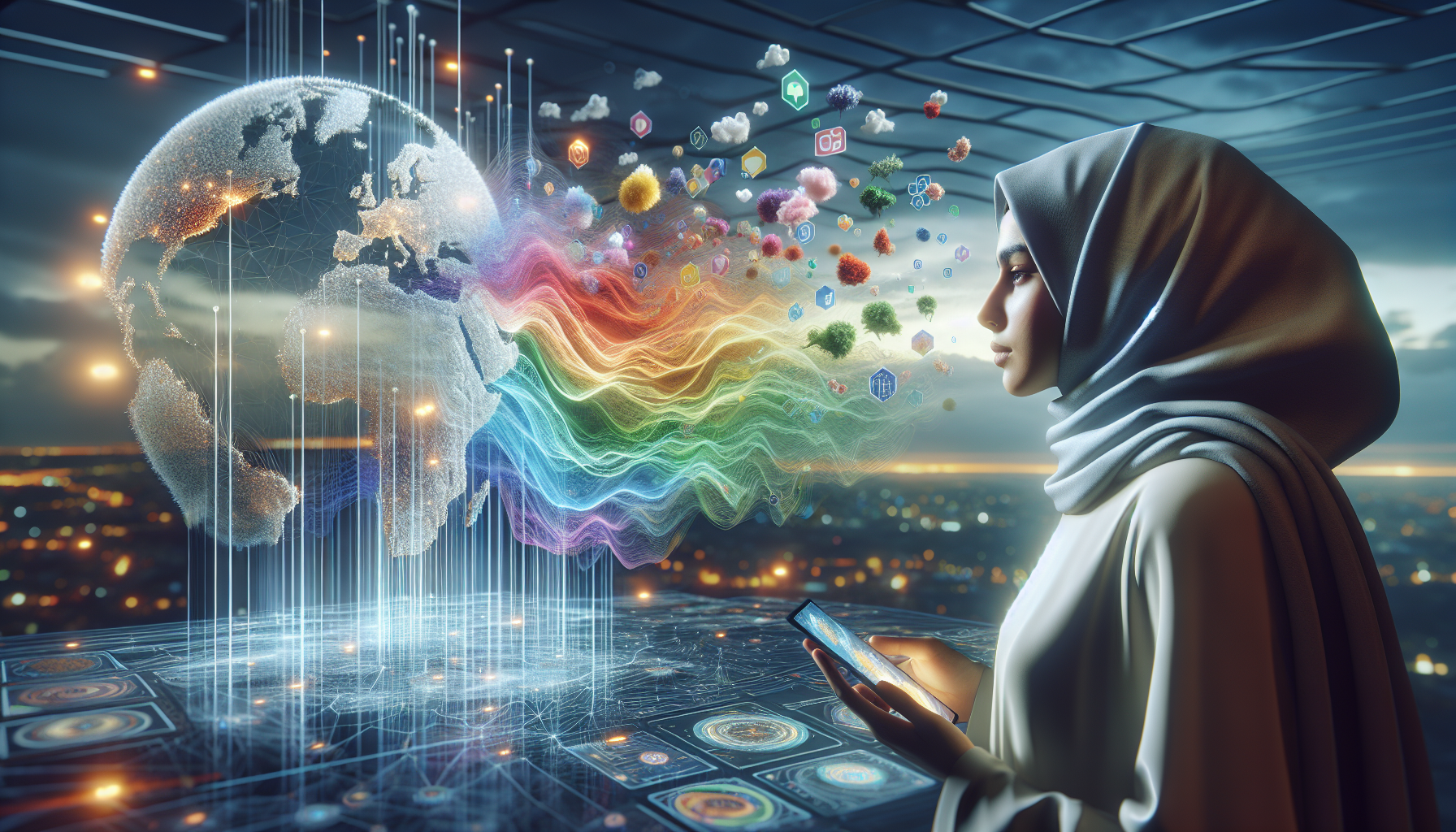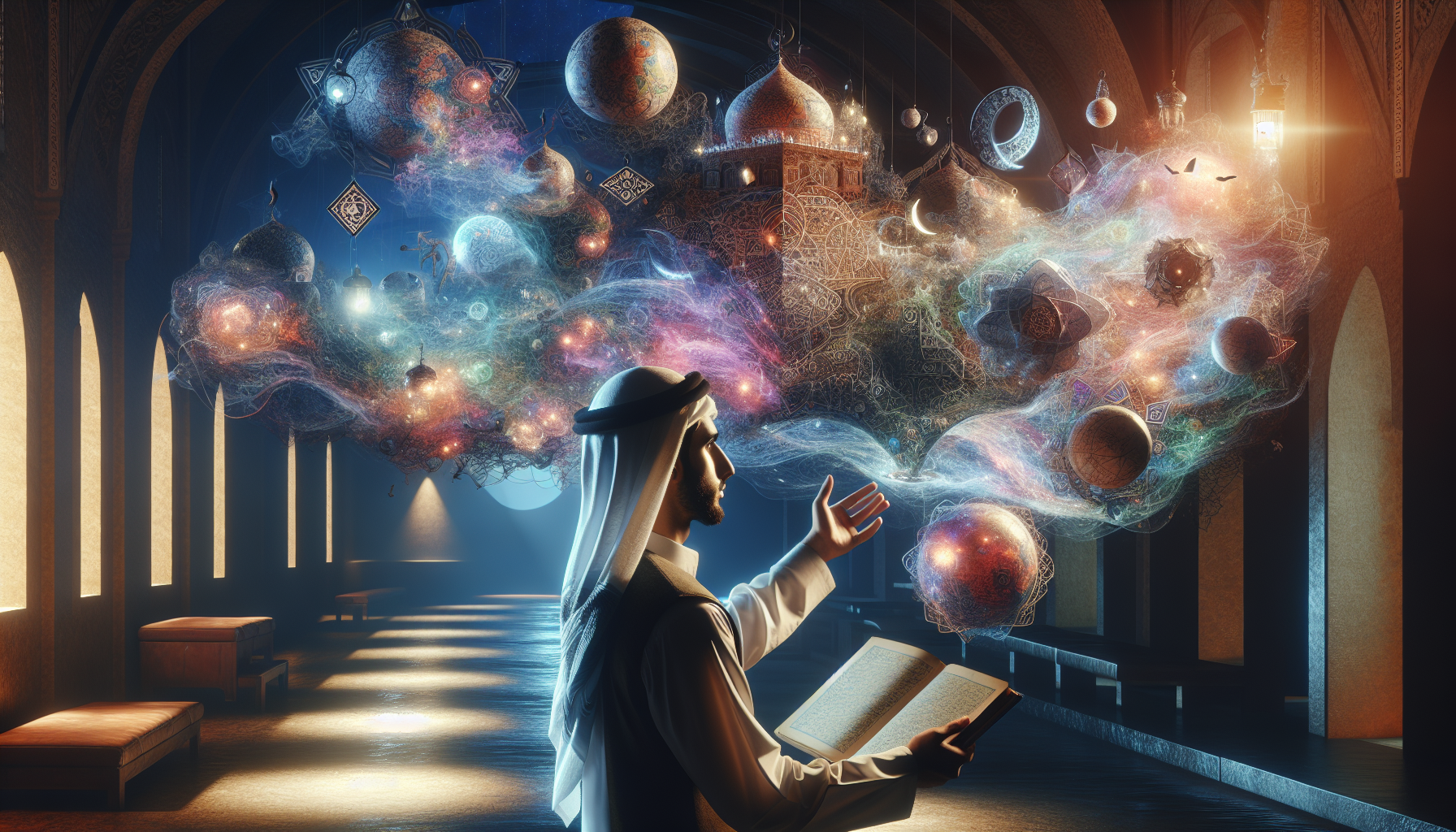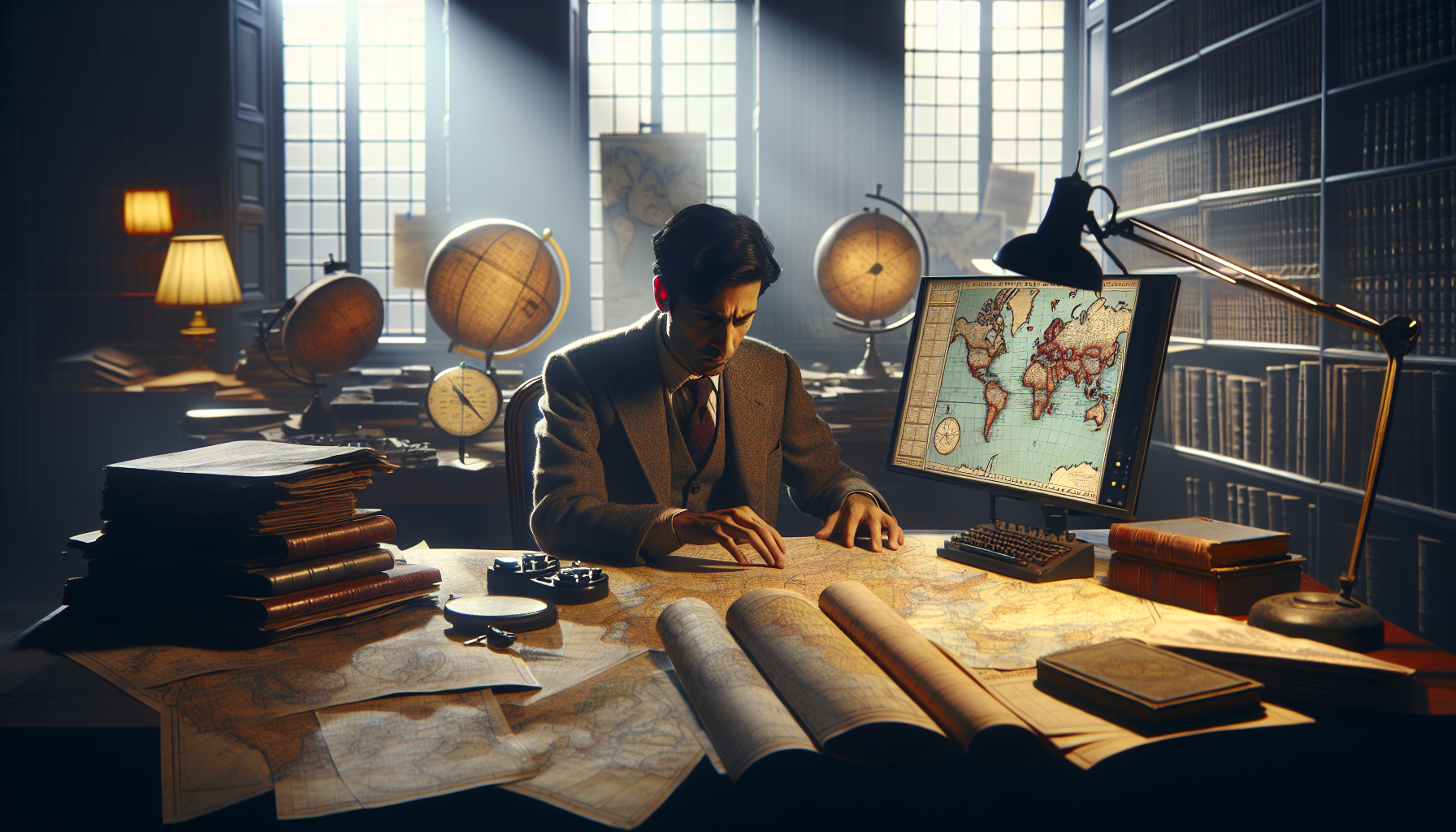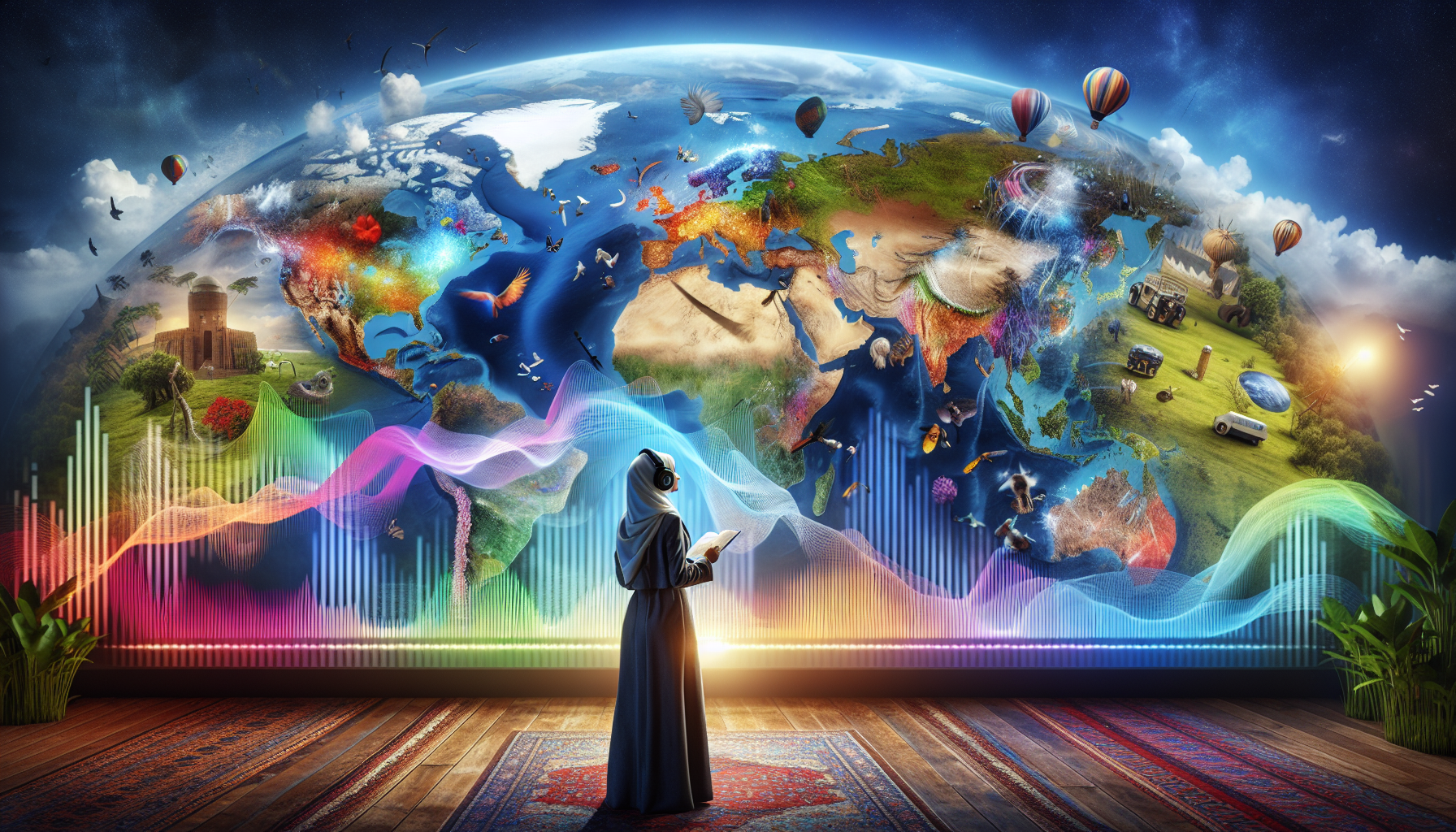reklamy
reklamy
At its core, world-building is about crafting a canvas where your stories can unfold with richness and depth. Imagine stepping into J.R.R. Tolkien’s Middle-earth or J.K. Rowling’s Wizarding World—these universes are not just settings; they are living, breathing entities that captivate our imagination and invite us to explore their intricacies. The magic of world-building lies in its ability to transport both creator and audience to places where the impossible becomes possible, where the mundane transforms into the extraordinary. This journey begins with a single step: understanding the fundamental principles that underpin the creation of an imaginary world. In this comprehensive guide, we’ll unravel the secrets to constructing your own imaginative map, from the foundational elements to the intricate details that make a world truly compelling.
reklamy
Our exploration into world-building will navigate through several key topics. We’ll delve into the essential building blocks, such as geography and ecology, which lay the groundwork for any fictional realm. Discover how to design landscapes that not only captivate the eye but also shape the narratives that unfold within them. We’ll examine the cultural and societal structures that give life to your world, from the political systems and economies to the religions and traditions that define its inhabitants. Each of these elements contributes to a believable and immersive world that resonates with authenticity and depth.
Understanding the Fundamentals of World-Building
World-building is the art of creating detailed and imaginative environments in which stories take place. It involves the careful construction of everything from geography to culture, politics, and economics. As a writer or creator, mastering world-building allows you to craft compelling narratives that transport your audience to new and exciting realms. At its core, world-building is about understanding the interactions between different elements of your created world and how they affect the characters and stories within it. A well-crafted world not only serves as a backdrop for your narrative but becomes an integral character itself, influencing the plot and the characters’ journeys.
One of the most important aspects of world-building is developing a consistent set of rules that govern your imaginary world. These rules could pertain to magic systems, technology, societal norms, or even the laws of physics. By establishing these parameters early on, you create a believable environment where the actions and consequences make sense within the context of the story. Consistency is key here; a well-defined set of rules helps prevent plot holes and maintains the suspension of disbelief. It also provides a framework within which your characters can operate, allowing for creativity and depth in storytelling.
Another crucial element of world-building is geography. Crafting a map of your imaginary world is not just about placing mountains and rivers; it’s about understanding how these features influence the cultures, economies, and histories of the people living there. For example, a civilization located near a river might develop a thriving trade network, while one in a mountainous region might become isolated and develop unique customs and languages. Understanding these geographical influences adds layers to your world and provides opportunities for plot development. To illustrate these concepts visually, check out this video on YouTube titled “Creating Fantasy Maps: World Building Tips” from the channel Artifexian.
Crafting Cultures and Societies
The creation of cultures and societies is a fascinating aspect of world-building that requires a deep dive into the social fabric of your imaginary world. Cultures are defined by their customs, traditions, languages, and belief systems. As a creator, you have the freedom to invent entirely new cultures or draw inspiration from existing ones. Consider how the geography, climate, and history of your world influence cultural development. For instance, a society living in a harsh desert climate may have developed survival tactics and resource management strategies that are central to their culture.
Societal structures and political systems are equally important in world-building. Whether you create a monarchy, a democracy, or a more unconventional form of governance, it’s essential to understand how power is distributed and maintained. Think about the economic systems in place and how they impact the daily lives of your characters. A feudal society might have stark class divisions, while a more egalitarian system could emphasize communal living and shared resources. To explore these ideas further, consider the impact of political decisions on different social classes and how these dynamics drive conflict and story development.
Language and communication also play a significant role in crafting societies. Developing unique languages or dialects can add authenticity to your world. Even if you don’t create a full language, incorporating linguistic quirks or idioms can give a sense of identity to different cultures. Consider how language evolves based on historical events, cultural exchanges, and technological advancements. The interplay between language and culture can offer rich storytelling opportunities, adding depth to character interactions and enhancing the immersive experience for your audience.
Exploring Technology and Magic Systems
In the realm of world-building, technology and magic systems are powerful tools that can dramatically shape your imaginary world. Technology defines the level of advancement in your society, influencing everything from transportation to communication and warfare. When designing technology for your world, consider its origins, development, and impact on society. Is it a world where steam-powered machinery is the pinnacle of innovation, or have they harnessed advanced artificial intelligence? Each choice affects how characters interact with their environment and each other.
Magic systems, on the other hand, introduce elements of the fantastical into your world. Crafting a unique magic system involves setting rules and limitations to ensure balance and consistency. Consider the source of magic in your world: is it a natural force, a learned skill, or a divine gift? How is magic perceived by society? Is it revered, feared, or misunderstood? These questions guide the integration of magic into your narrative, offering endless possibilities for conflict and resolution. Balance is key; an overpowered magic system can undermine tension, while a well-crafted system enhances plot complexity.
The relationship between technology and magic can also be explored. Are they opposing forces, or do they coexist harmoniously? This dynamic can drive significant plot developments and shape the cultural landscape of your world. For a visual exploration of these concepts, watch the YouTube video “How to Create a Magic System for Your World” by the channel Hello Future Me. Understanding the interplay between technology and magic adds layers to your world, offering creative avenues for storytelling.
Building Histories and Timelines
Histories and timelines provide a foundation for your world, giving context to current events and character motivations. Crafting a rich history involves delving into the past to uncover the events, conflicts, and alliances that shaped your world. Consider the rise and fall of empires, significant wars, and pivotal inventions or discoveries. Each historical event leaves a mark on the present, influencing cultural norms, political landscapes, and societal values. These historical threads can be woven into your narrative, offering opportunities for backstory and character development.
When constructing a timeline, think about the progression of events and how they impact different regions and cultures. A detailed timeline can help maintain consistency and prevent contradictions in your storytelling. It’s also a valuable tool for organizing plot points and character arcs. Consider how historical events have shaped the relationships between different factions or nations. Are there lingering tensions from past conflicts, or has a period of peace led to new alliances? Understanding these historical dynamics adds depth and realism to your world.
Moreover, mythology and folklore can enrich your world’s history, offering a glimpse into the beliefs and traditions of its inhabitants. Legends and myths can serve as cautionary tales, moral lessons, or simply entertainment. They provide insight into the values and fears of your societies, influencing character motivations and plot developments. To dive deeper into creating compelling histories, check out the video “How to Build a History for Your World” on the YouTube channel The Closer Look.
Table: Comparing World-Building Elements
| Element | Description | Impact on Story |
|---|---|---|
| Geografia | The physical layout of your world, including landscapes, climate, and natural resources. | Influences culture, economy, and character interactions. |
| Culture | The customs, traditions, and belief systems of different societies. | Shapes character motivations, conflicts, and societal dynamics. |
| Technológia | The level of technological advancement and its influence on daily life. | Affects plot development, societal structures, and character capabilities. |
| Magic Systems | The rules and limitations of magic within your world. | Creates conflict and resolution opportunities, adding depth to the narrative. |
| History | The events, conflicts, and alliances that shaped the past. | Provides context for current events and character motivations. |
Explore each element in depth and consider how they interact to create a cohesive and engaging world.
Designing Characters within the World
Characters are the heart of any narrative, and their development is intrinsically linked to the world they inhabit. When designing characters, consider how their environment, culture, and history influence their personalities, values, and goals. Characters should feel like a product of their world, with backgrounds and experiences that shape their perspectives and actions. A character’s relationship with their environment can drive personal growth and conflict, adding layers to your story.
Creating a diverse cast of characters can enrich your narrative and reflect the complexity of your world. Consider the different roles characters play within their societies, such as leaders, rebels, or everyday citizens. Each character should have unique traits and motivations, contributing to the story’s depth and realism. Think about how characters from different cultures or backgrounds interact and the potential for conflict or collaboration. These interactions can drive plot developments and reveal insights into the world you’ve built.
Furthermore, consider the evolution of your characters over time. How do their experiences within the world change them? Character arcs should reflect the broader themes of your narrative, offering opportunities for growth, redemption, or tragedy. A well-crafted character journey resonates with audiences, making your story memorable and impactful. To gain further insight into character creation, watch the YouTube video “Creating Dynamic Characters” by Jenna Moreci. Understanding how characters fit into your world-building process enhances the emotional depth and engagement of your narrative.
Interactive World-Building: Engaging Your Audience
Engaging your audience in the world-building process can enhance their connection to your narrative. Interactive world-building involves inviting your audience to participate in the creation and exploration of your imaginary world. This approach fosters a sense of ownership and investment, making the story more immersive and memorable. Consider incorporating interactive elements such as maps, character profiles, and multimedia content to enrich the reader’s experience.
One effective way to engage your audience is through collaborative storytelling. Encourage readers to contribute ideas, theories, or even fan fiction based on your world. This interaction not only strengthens their connection to the story but can also provide valuable feedback and inspiration for future developments. Social media platforms and online communities offer opportunities to connect with fans and create a vibrant community around your world.
Another approach is to utilize technology to enhance immersion. Interactive websites, virtual reality experiences, and augmented reality apps can transport your audience directly into your world. These tools offer unique storytelling possibilities, allowing users to explore environments, interact with characters, and uncover hidden lore. By leveraging technology, you can create a dynamic and engaging experience that resonates with audiences long after they’ve closed the book or finished the film. To see examples of interactive world-building, explore the video “Immersive World-Building Techniques” on the channel Nerdwriter1.
- Engage readers through interactive maps and character profiles.
- Foster community involvement with collaborative storytelling.
- Utilize technology for immersive experiences.
By embracing interactive world-building, you create a lasting connection with your audience, transforming your world into a shared experience.
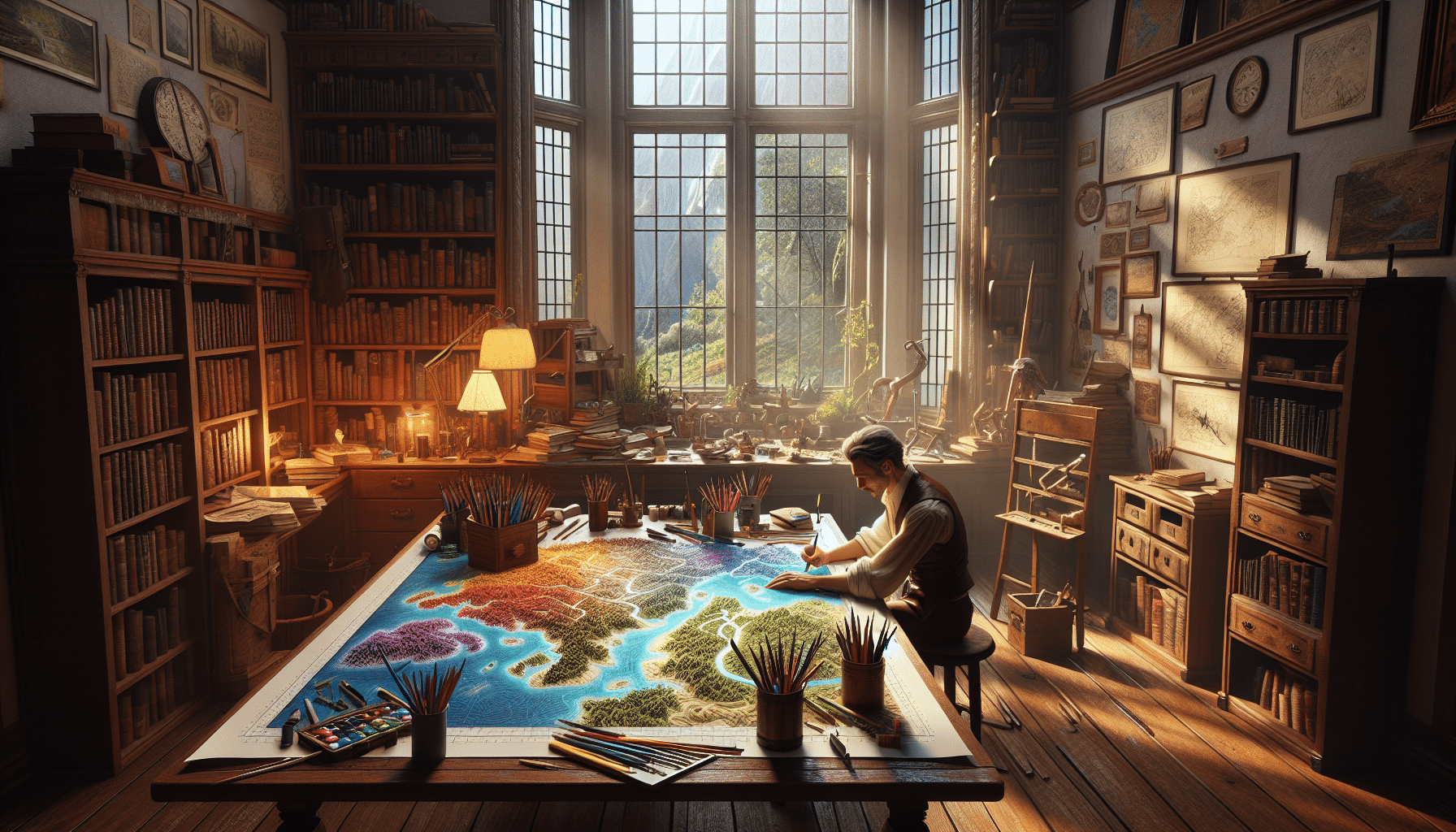
Záver
In conclusion, the journey of mastering world-building and crafting your own imaginary map is both an exhilarating and profoundly rewarding endeavor. Throughout this article, we’ve delved into the multifaceted nature of world-building, exploring the fundamental elements that breathe life into a fictional universe. From the initial spark of inspiration to the intricate details that form the backbone of a believable world, each aspect plays a crucial role in shaping a compelling narrative landscape.
We began by discussing the importance of understanding the purpose and theme of your world. Establishing a clear purpose not only guides your creative decisions but also ensures that every element of your world serves a meaningful role in the overarching narrative. This foundational step is crucial in creating a cohesive and immersive experience for your audience.
Next, we explored the significance of geography and its impact on culture, politics, and the daily lives of inhabitants. By meticulously crafting the topography, climate, and natural resources, you lay the groundwork for a world that feels authentic and dynamic. These physical attributes influence the development of societies, shaping their customs, economies, and interactions with neighboring regions.
The cultural aspect of world-building cannot be overstated. We examined how language, religion, traditions, and social structures contribute to the richness and depth of your fictional world. By drawing from diverse influences and blending them creatively, you can construct cultures that resonate with complexity and realism, inviting readers to explore the nuances of each society.
Political systems and power dynamics were another critical focus. Understanding how power is distributed, maintained, and contested within your world adds layers of intrigue and conflict. Whether through monarchies, democracies, or entirely unique systems, the political landscape drives the narrative forward, offering opportunities for tension and drama.
Character development is intertwined with world-building, as the inhabitants of your world are the vessels through which your story is told. By creating characters with distinct motivations, backgrounds, and relationships, you allow readers to connect emotionally with the world you’ve constructed. Each character’s journey is a thread woven into the larger tapestry of your narrative.
As we ventured into the realm of magic and technology, we discussed the need for consistent rules and limitations. Whether your world is steeped in magical enchantments or advanced technology, establishing a framework ensures that these elements enhance rather than overpower the story. Balancing wonder with logic creates a believable and engaging world.
Furthermore, the art of mapping was highlighted as a crucial tool in visualizing and organizing your world. A well-crafted map serves as both a creative inspiration and a practical reference, helping you maintain consistency and coherence as your story unfolds. Through maps, readers can trace the journeys of characters, understand geopolitical relationships, and immerse themselves in the spatial dimensions of your world.
Ultimately, the process of world-building is an invitation to unleash your imagination and push the boundaries of creativity. It challenges you to think critically, draw from a diverse array of sources, and construct something truly unique. By embracing the complexities of world-building, you open the door to stories that captivate, inspire, and leave a lasting impact on your audience.
As you embark on your own world-building journey, remember that the possibilities are endless. Whether you’re creating a vast epic or a small, intimate setting, the power to shape a world lies within your imagination. Embrace the joy of discovery, and don’t be afraid to take risks and explore uncharted territories.
We encourage you to share your creations with others, fostering a community of storytellers who can learn and grow together. By exchanging ideas and experiences, you contribute to a vibrant tapestry of creativity that transcends individual worlds. Your stories have the power to ignite imaginations, spark conversations, and inspire future generations of world-builders.
If you’re eager to delve deeper into the art of world-building, there are numerous resources available to guide and inspire you. Websites like World Anvil and ArtStation offer tools and platforms for creating and sharing your worlds, while forums and communities provide spaces for discussion and feedback.
Feel free to leave a comment below sharing your thoughts, experiences, or questions about world-building. Let’s continue the conversation and inspire each other to reach new heights of creativity. And if you found this article helpful, don’t hesitate to share it with fellow storytellers who are ready to unleash their imaginations!
Toni Santos je digitálny kartograf, vizuálny mysliteľ a kurátor úžasne divných vecí. O Aysapp, ponorí sa do divokého sveta bizarné mapy, vymyslené zemepisy a alternatívne kartografické reality, ktorý ponúka nový pohľad na to, ako vidíme – a cítime – svet okolo nás.
Jeho práca je zakorenená v presvedčení, že mapy sú viac než len navigačné nástroje. Sú to brány vnímania, pamäti, predstavivosti a dokonca aj mýtov. Od skreslených historických máp až po neskutočné tvary krajiny, konšpiračné atlasy a budovanie sveta generované AI, Toni vyrába a zbiera mapy, ktoré spochybňujú logiku a podnecujú zvedavosť.
So zázemím v rozprávaní príbehov, umení a symbolickom skúmaní používa Toni Aysapp ako platformu na odhalenie zabudnuté miesta, neviditeľné hranice a pretvorená realita. Jeho výtvory kladú otázky ako: Čo keby bol svet hore nohami? Čo keby mapy hovorili emocionálne pravdy namiesto geografických?
Ako tvorca vzadu Aysapp, je na misii vzbudzovať zvedavosť, podporovať kreatívne myslenie a skúmať priesečník medzi predstavivosťou, kultúrou a priestorovým rozprávaním príbehov – jednu zvláštnu mapu naraz.
-
Neskutočné, ale zmysluplné krajiny
-
Emócia, pamäť a mýtus ako geografia
-
Mapy, ktoré skresľujú, aby odhalili skryté pravdy
Či už ste fanúšik fantasy krajín, zberateľ máp, zvedavý cestovateľ alebo niekto, kto miluje nezvyčajné, Toni vás pozýva, aby ste sa zámerne stratili v tých najneobvyklejších zákutiach kartografickej predstavivosti.






